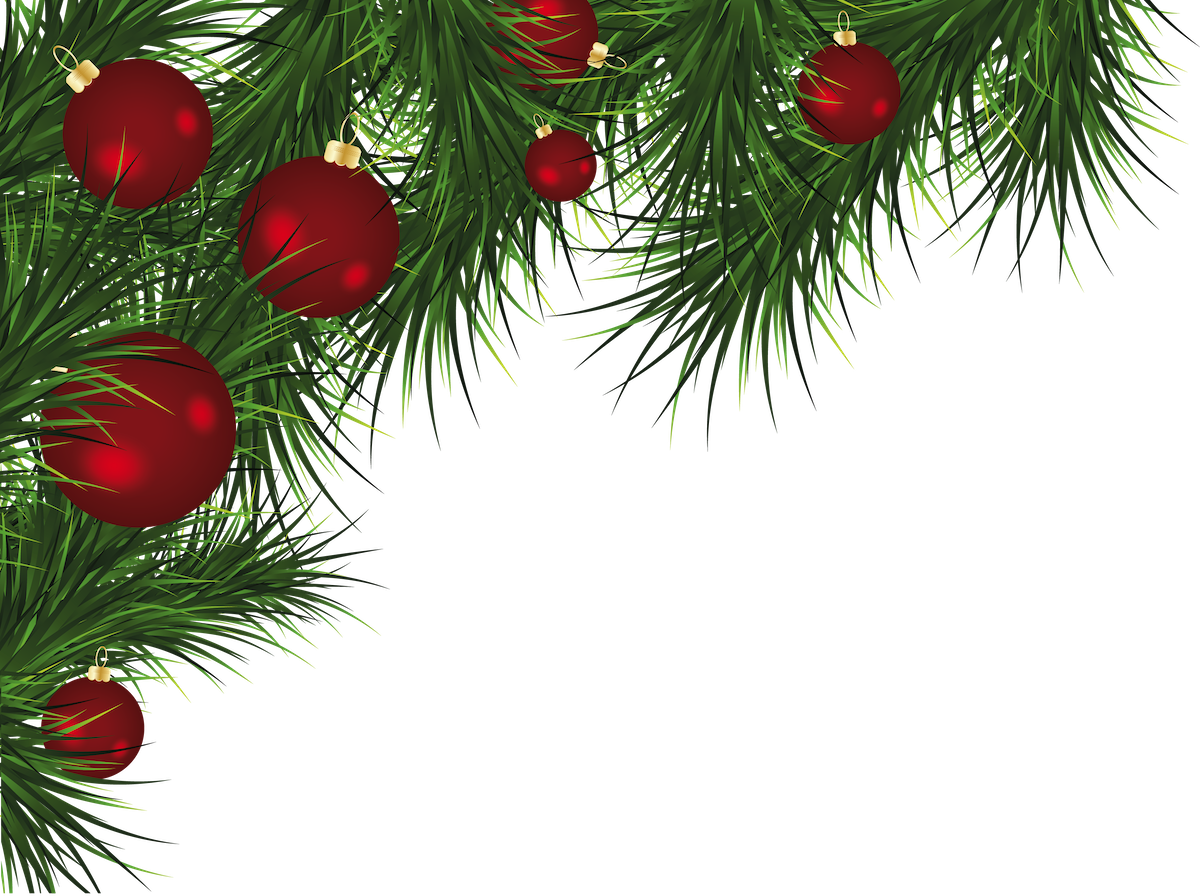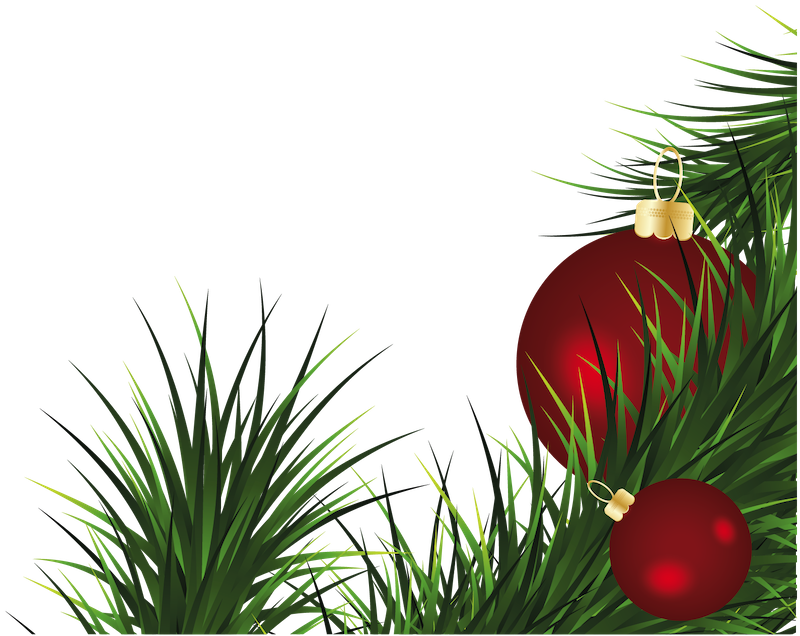Tell your friends about this item:
Guldine Linge
Tobias Bulang
Guldine Linge
Tobias Bulang
English summary: In his Tristan novel, Gottfried von Strassburg uses narrative traditions and common motifs of ancient, Celtic, French, Medieval Latin and German traditions. Furthermore, he incorporates aspects of material culture and contemporary scholarly knowledge. This book's five essays can be read in an arbitrary order. They address different kinds of text-context relations. The aim is to show how such multiple relations contribute to the unique aesthetics and poetics of Gottfried's fascinating novel. The first essay (The Return of Boethius' Sirens) explores the siren motifs in Gottfried's text. Already before Gottfried, sirens were addressed as camenae and identified with muses: in Boethius' Consolatio Philosophiae the poetical muses are condemned and banished by Philosophy herself, who favors her own philosophical muses instead. In Gottfried's novel, the sirens banished by Boethius return, and they carry with themselves the passions and their sweet potions that Boethius was fighting against. The second essay follows the motif of gold throughout the novel (Poetic Gold). Gold is a metaphor for perfection, but is also presented in many different forms of its existence: as fabric, sculpture and as metal in alchemical procedures. In Gottfried's novel, gold becomes a symbol of perfect love, language and poetry. Tristan's extraordinary praise of Isolt's beauty and virtue is the topic of essay number three (Isolt - New Sun). Tristan praises Isolt as the new sun of true beauty, which does not rise in Mycenae anymore, but rather 'here'. Thus, mythological elements, as well as sacral and courtly literature, are quoted. 'Here' becomes in Gottfried's novel the space where the actual poem takes place. It is Gottfried's novel where the 'golden' beauty rises. The fourth essay deals with the deceptive pillow talks between Mark and Isolt (Anthropology of Actors). While the partners try to dominate each other, the true comedy of the conversation lies in the relation to the courtly culture of dissimulatio. Mark and Isolt are speaking deceptively to each other in a space of intimacy, thus reflecting universal anthropological aspects of human expression as well. The last essay of this book (rehte guete and guldine linge) considers Gottfried's treatment of allegory. Tristan and Isolt's utopian love cave has an iron door with a complicated locking mechanism. The symbolic nature of this part, especially its sexual dimension, was a question of research for a long time. The essay shows how multiple references to courtly and sacral, as well as medical literature shape this unique depiction. The aim is to outline the language of Gottfried's aesthetics of love and art. German description: Gottfried von Strassburg greift in seinem Tristan auf Erzahltraditionen und Motive antiker, inselkeltischer, franzosischer, mittellateinischer und deutscher Provenienz aus und integriert auch Sachverhalte materieller Kultur und gelehrter Wissensvermittlung. Die funf Essays - die unabhangig voneinander gelesen werden konnen - thematisieren Text-Kontext-Beziehungen verschiedener Art. Gezeigt wird, wie sich aus solch multipler Bezuglichkeit die faszinierende Asthetik und Poetik des Romans konstituieren. Der erste Essay (Die Ruckkehr der Sirenen des Boethius) verfolgt die mythopoetischen Bezuge der Sirenenberufungen im Roman. Als Camenen apostrophierte Sirenen, die mit den Musen identifiziert werden, gibt es auch in der Consolatio Philosophiae des Boethius. Die Vertreibung dieser elegischen Dichtermusen durch die personifizierte Philosophie geht mit der Aufwertung der philosophischen Musen und der Lehrdichtung einher. Bei Gottfried kehren die Sirenen des Boethius zuruck, und mit ihnen die bei Boethius verworfenen Leidenschaften und ihre 'sussen Gifte'. Der zweite Beitrag (Poetisches Gold) geht einer zentralen poetologische Metapher Gottfrieds nach. Bezugnahmen auf die Fertigung goldverzierter Stoffe, auf das alchemische Herstellen von Gold und auf Goldskulpturen machen Gold in diesem Text zur Chiffre fur die Liebeskonzeption, die Sprache und das poetische Werk als solches. Gegenstand des dritten Kapitels (Isolde, niuwe sunne) ist Tristans Isoldelob. Die emphatische Rede von der neuen Sonne, die nicht mehr in Mykene aufgehe, sondern 'hier', bezieht sich gleichermassen auf den Mythos sowie auf geistliche und weltliche Literaturen. Das hier des Sonnenaufgangs asthetischer Schonheit verweist letztlich auf das Ereignis der Dichtung selbst. Gottfrieds Frauenpreis ist mithin konsequent poetologisch zu lesen. Der vierte Essay behandelt die Bettgesprache zwischen Marke und Isolde (bettegeld - Anthropologie der Schauspieler). Der Essay zeigt, dass sich ihr Sinn nicht in List und Replik erschopft, sondern dass sie ihre rabulistische Komik erst entfalten, wenn sie einerseits vor dem Hintergrund hofischer dissimulatio, andererseits vor dem Hintergrund einer universalen Problematik menschlichen Ausdrucks betrachtet werden. Der letzte Essay des Buches (rehte guete und guldine linge) geht auf Gottfrieds Umgang mit Allegorie und Allegorese ein. Die multiplen Bezuglichkeit von Gottfrieds Poetik zeigt sich auch im Schliessmechanismus der Pforte zur Minnegrotte. Auch hier uberschneiden sich weltliche und geistliche Bezuge, allegorische Bezuge werden dabei in intertextuelle Verweise umgebaut. Erschlossen werden in der Minnegrottenallegorie Gottfrieds sprachliche Erotoasthetik und Erotodidaxe.
| Media | Books Paperback Book (Book with soft cover and glued back) |
| Released | September 9, 2021 |
| ISBN13 | 9783752005929 |
| Publishers | Dr Ludwig Reichert |
| Pages | 120 |
| Dimensions | 2.08 kg |
| Language | German |

 Christmas presents can be returned until 31 January
Christmas presents can be returned until 31 January


